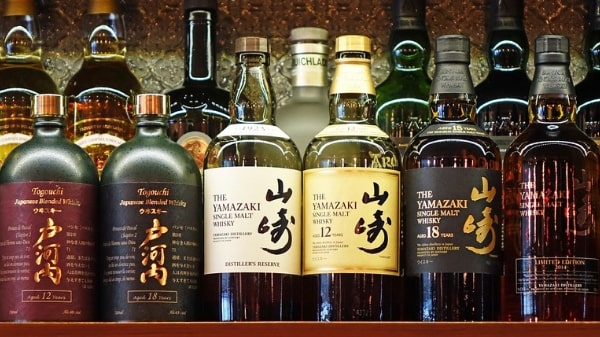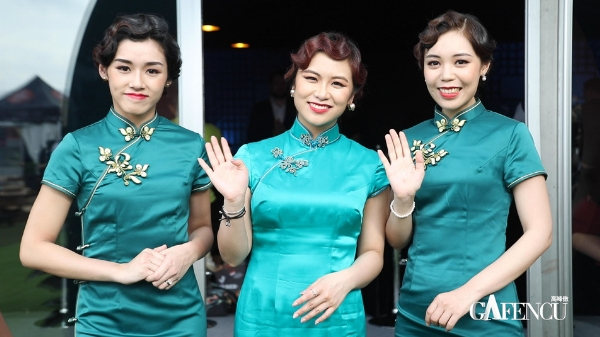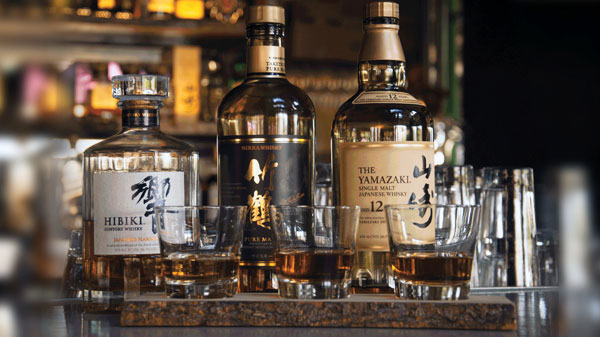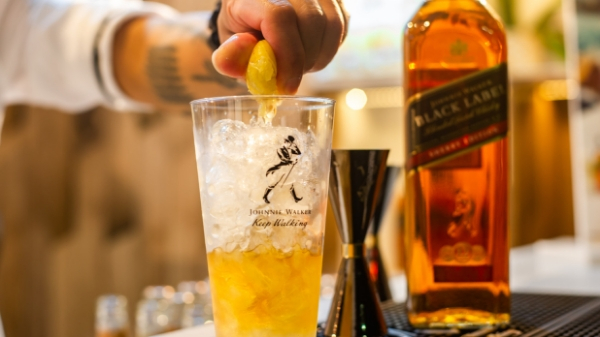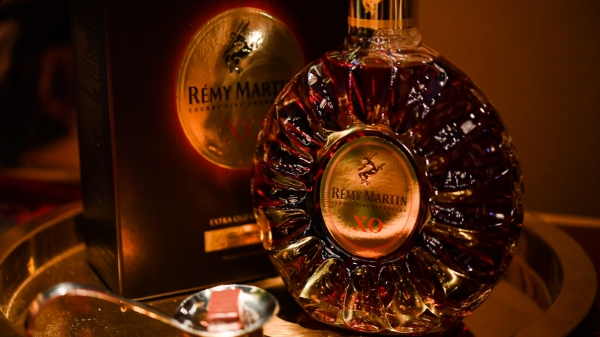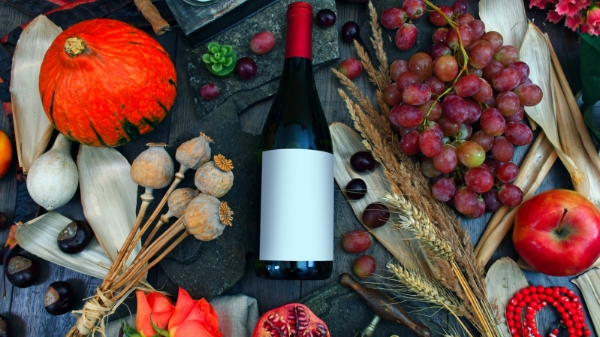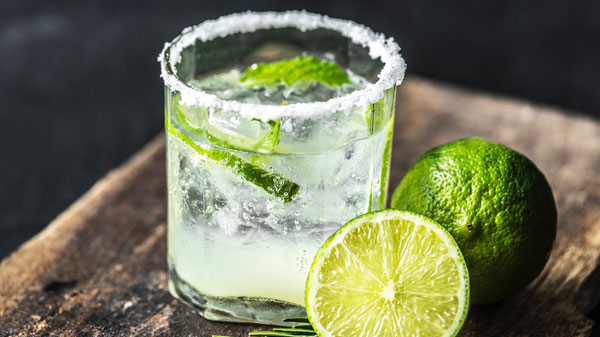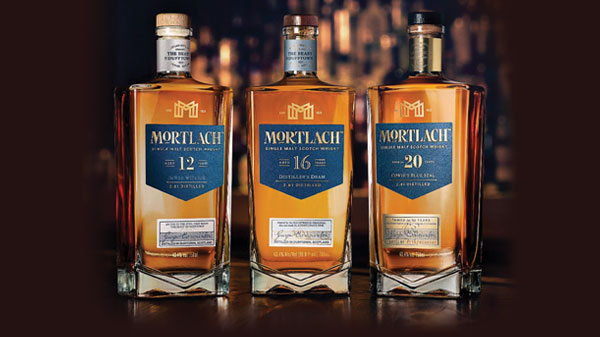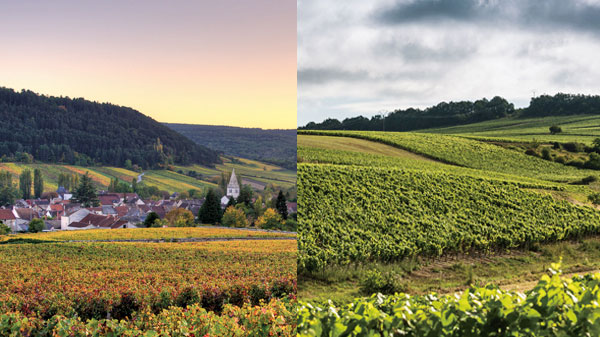In what was surely a high-water mark in the history of Japanese whisky, a solitary bottle of 50-year-old Yamazaki Single Malt went for a truly whopping US$298,879 at a Sotheby’s Hong Kong auction last year. Commanding twice its pre-sale estimate, the clearly-delighted auctioneer was happy to confirm it was the highest price ever paid for a single bottle of any brand of Japanese whisky.

On what was clearly a good day for big bids, the same sale saw another out-of-production Japanese whisky – a 50-year-old Karuizawa Single Malt – fetch US$55,057, putting paid to any notion that the high value accorded the earlier lot was something of a fluke. For those in the know, however, it came as little surprise, not least because, back in 2017, the world’s largest-known collection of Karuizawa sold for nearly US$1 million. This was, beyond any dispute, the largest sum ever paid for such a spirited selection.
Wind back just 10 years, though, and not even the most besotted Japanese whisky imbiber would have expected Tokyo’s top tipples to be held in such high regard. Indeed, not only was the wider world largely unaware of the uniquely-flavoured spirit being produced some 9,000km distant from its Scottish roots, it had also won over comparatively few local liquor-lovers, with many dismissing it as an antediluvian brew fit only for geriatric garglers.

Indeed, the output of Japan’s domestic distilleries was almost wholly eclipsed as demand soared for imported Western whiskies, while the more nationalistic preferred to neck a glass or two of sake or shochu. Inevitably, with the country’s consumption of domestically-produced whisky dropping by some 33 percent between 1989 and 2008, this saw output quotas slashed, while some distillers shut up shop entirely.
And so it seemed that Japanese whisky was doomed to go the way of the dodo and the junior executives who brought disgrace on any of the country’s larger corporations. At least that was the case until about five years ago, when two events conspired to send sales of the spirits stratospheric.

Firstly, when Massan – a drama based on the life story of Masataka Taketsuru, the founder of the Nikka distillery and a recognised pioneer in the Japanese whisky industry – became the sleeper TV hit of 2014, sales of his single malt shot up overnight. Then, the following year, Beam Suntory’s Yamazaki Single Malt Sherry Cask 2013 was lauded as the best whisky in the world (with a near-perfect 97.5 points out of 100) by no less a figure than Jim Murray, the British journalist and author seen as one of the foremost authorities on the spirit.
While Japanese whisky’s renaissance had well and truly begun, it was a turnaround that many in the industry were ill-prepared for. After so many years in the wilderness, few distilleries had sufficient stock to meet this surge in demand. While prices rocketed – with a 700ml bottle of Suntory’s Yamazaki 12-Year-Old typically going for 20,000 yen (US$180), a 70 percent rise compared to just years previous – barrels ran dry. Ultimately, this obliged one stalwart of the sector – Suntory – to announce it would run out of stock of its hugely popular Hibiki 17 Years Old and Hakushu 12 Years Old in certain markets this year.

Nikka, meanwhile, announced it was putting its expansion plans on hold as it sought to come to terms with the new market expectations. Thankfully, all the signs are that this is to be a brief hiatus. Determined to learn from past lessons, many Japanese distillers are now hard at work on their next generation of whiskies. Sadly, though, the majority of them won’t be available until 2021, meaning that visitors to the 2020 Tokyo Olympics will have few chances to sample them and their producers will miss out on the kind of global shop window that only comes around once in a generation.

Equally concerning, three years is a long time indeed in the fast-moving and famously fickle field of alcoholic beverages. With the distillers in a number of other Eastern regions – notably India and Taiwan – keen to flaunt their own artisanal excellence, there is a real danger that the wants of the wider whisky world may be very different by the time Japan is ready to return to the fray.
As it’s still far from certain that Japan’s spirited distillers can pull off an almost unprecedented Third Coming, the dwindling stocks from its last heyday continue to be ever more keenly sought out and ever more valuable. Indeed, that last unopened bottle of Hibiki sequestered in your cellar could turn out to be the best investment you ever made.
Text: Suchetana Mukhopadhyay






